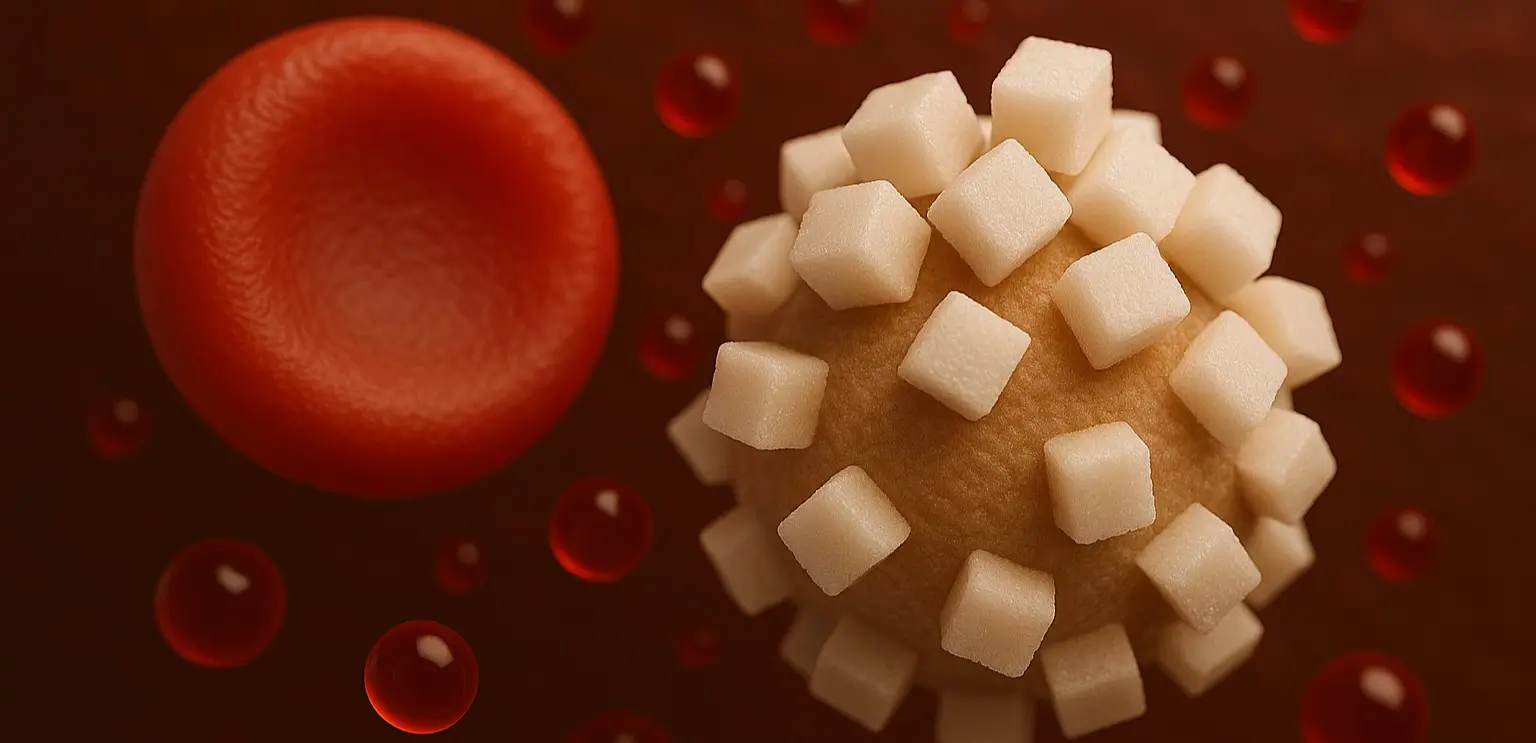Diabetes Introduction
- Diabetes is a chronic metabolic disorder characterized by high levels of glucose (sugar) in the blood.
- It occurs due to defects in insulin production, insulin action, or both.
- Insulin is a hormone produced by the pancreas that helps glucose enter cells to be used for energy.
- It is classified into several types, with the most common being type 1 diabetes, type 2 diabetes, and gestational diabetes.
Complications
- Chronic high blood glucose levels can lead to various complications, affecting different organs and systems in the body:
This is a sample ad placement!
Acute Complications
-
Hypoglycemia
- Low blood sugar causing shakiness, sweating, confusion, possible loss of consciousness.
-
Diabetic Ketoacidosis (DKA)
- Mainly in type 1 diabetes; high glucose and ketones leading to nausea, vomiting, abdominal pain.
-
Hyperosmolar Hyperglycemic State (HHS)
- Mainly in type 2 diabetes; very high glucose and severe dehydration.
Chronic Complications
- Cardiovascular Disease: Increased risk of heart attack, stroke, and atherosclerosis.
- Neuropathy: Nerve damage leading to numbness, pain, and weakness, particularly in the feet and hands.
- Nephropathy: Kidney damage that can lead to chronic kidney disease and kidney failure.
- Retinopathy: Damage to the blood vessels in the retina, leading to vision problems and potential blindness.
- Foot Problems: Poor circulation and nerve damage can lead to foot ulcers and infections, sometimes requiring amputation.
- Skin Conditions: Increased risk of bacterial and fungal infections, and other skin disorders.
This is a sample ad placement!
Prevention and Management
Prevention
- Healthy Diet: Eating a balanced diet rich in whole grains, fruits, vegetables, lean proteins, and healthy fats.
- Regular Physical Activity: Engaging in at least 150 minutes of moderate-intensity exercise per week.
- Weight Management: Maintaining a healthy weight to reduce the risk of developing type 2 diabetes.
- Regular Health Check-ups: Monitoring blood glucose levels, blood pressure, and cholesterol levels.
Management
- Self-Monitoring: Regularly checking blood glucose levels to manage and adjust treatment plans.
- Medication Adherence: Taking medications as prescribed to maintain blood glucose control.
- Education and Support: Participating in diabetes education programs to improve self-management skills.
- Healthy Lifestyle: Continuing to eat a balanced diet, exercise regularly, and avoid smoking and excessive alcohol consumption.
This is a sample ad placement!
Thank you for reading from Firsthope's notes, don't forget to check YouTube videos!

